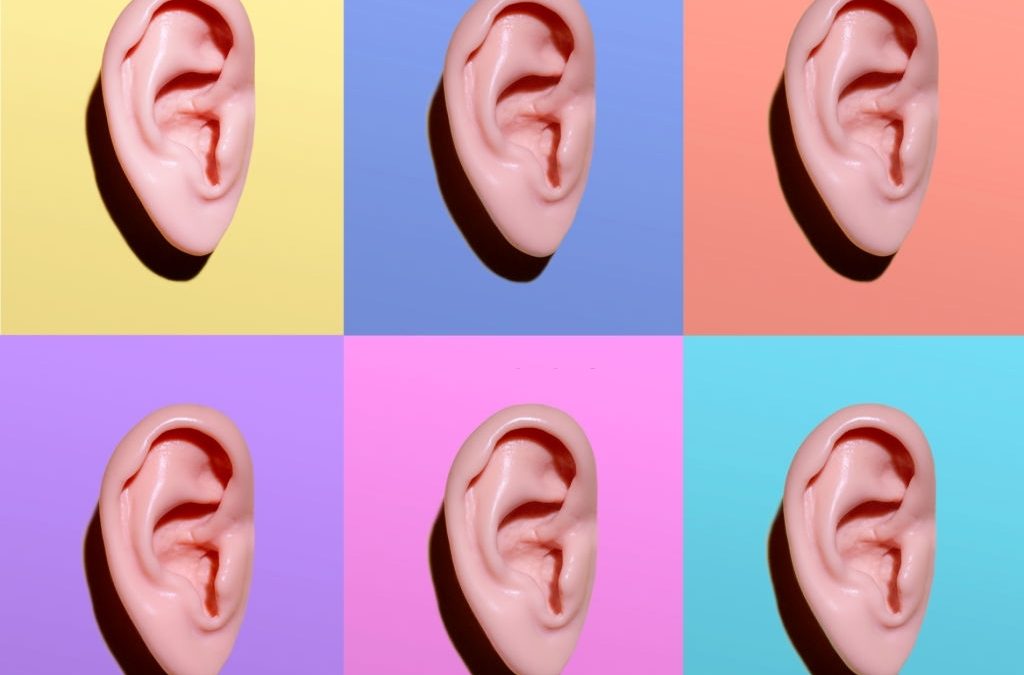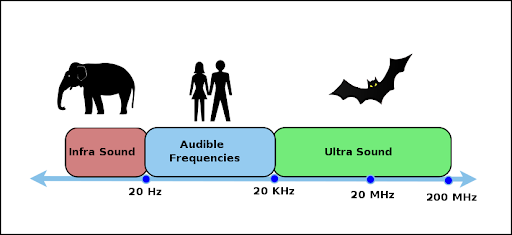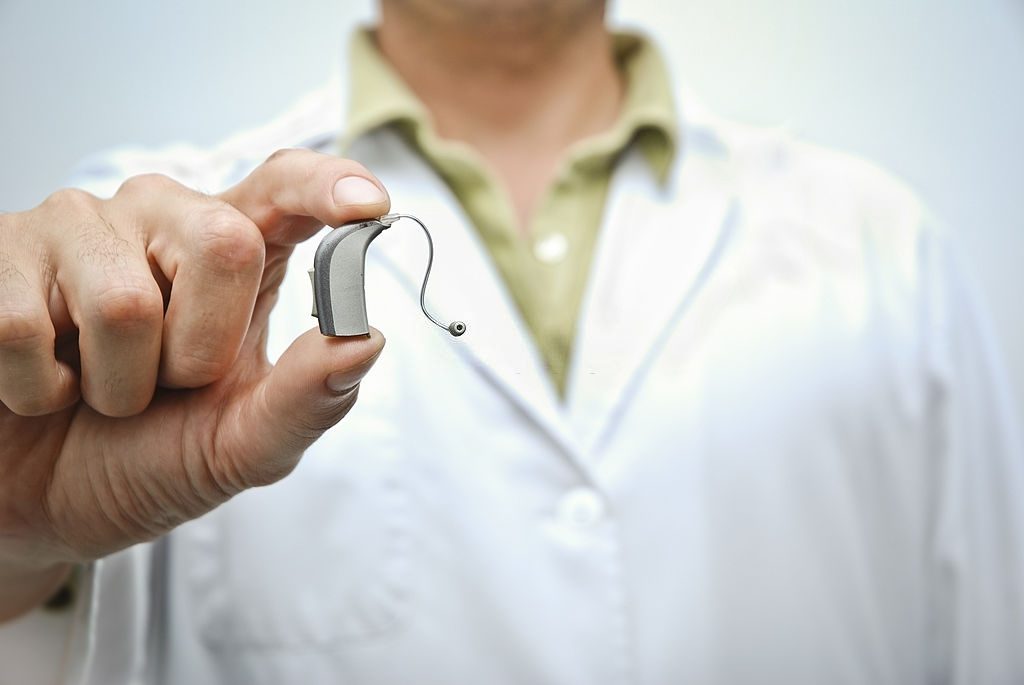The human ear is a complex organ that allows us to hear all the beautiful things life has to offer; from listening to music, birds chirping — you get to enjoy these sounds and more because of the ear.
The human ear is one of the most powerful and delicate organs we have. Apart from hearing, the ears also have features that facilitate balance.
The following are some interesting facts about the ears and hearing:
- Hearing and balance are the main functions of the inner ear. So a disease that affects one system has an impact on the other. For instance, Meniere’s disease is characterized by low-frequency hearing loss and dizziness.
- The cochlea is the innermost part of the ear and is about the size of a pea. It is similar to a snail shell, and if unravelled would be like a mini-tube of about 31.5mm long.
- The middle ear has the smallest bones in the entire human body, with the stapes being the tiniest. These three little bones transmit sounds to the inner ear, and altogether, they can fit on a penny!
- Humans can hear frequencies up to 20,000Hz and as low as 20Hz.
- While sleeping, the human ears continue to function. They pick up sounds, but the brain blocks them out.
- The human ears detect most sounds, but they have limits. When the sound exceeds a certain frequency level, it registers as ringing or buzzing in the ear (this is not to be confused with tinnitus, which rings or buzzes).
- The human ears are self-cleaning. The pores in the ear canal produce cerumen (earwax), and the tiny hairs called cilia to push it along with the detritus it traps out of the ear canal naturally. Although most people find earwax “gross,” it protects the ear from friction, dust, and dirt. Unless you have an excessive amount; it doesn’t require cleaning out.
- The hair cells are the sensory neurons responsible for hearing. They are found inside the cochlea. If these cells are damaged or destroyed by the ageing process, excessive noise exposure, ototoxic substances, or lack of adequate blood supply, the result is hearing loss. Unfortunately, most hearing loss is irreversible as these hair cells do not grow back.
- The inner ear has three small loops above the cochlea called semi-circular canals. They are filled with liquid and have thousands of microscopic hairs. When you move your head, the fluid in the semi-circular canals moves and helps you keep balance while in motion.
- During World War I, parrots were kept on the Eiffel Tower in Paris because of their remarkable sense of hearing. When the parrots heard the enemy aircraft approaching, they warned everyone of the danger coming long before any human ear would hear it.
- If you damage your ears, your perception of taste may be off because the nerves called the Chorda Tympani run through the ear and connect the taste buds on the front of your tongue to the brain. Some people who have had ear surgery may experience a change in their sense of taste. This does not mean that hearing loss directly correlates to an inability to taste.
- Ear infections are more common in children due to their developing immune systems and differences between their Eustachian tubes (at more of a horizontal angle) than adults.
- Noise is the leading cause of hearing loss.
- Statistics show that one out of every five people who could benefit from a hearing aid actually wears one.
- About one in every three people over the age of 65 live with hearing loss. It means that about 165 million people worldwide are living with several degrees of hearing loss.
- Hearing aids can improve the hearing condition for most people with hearing loss.
- Listening to music with headphones or earphones on a smartphone at high volumes over time can cause permanent hearing damage.
- Early detection and appropriate treatment can help deaf children develop communication skills at the same rate as their hearing peers.
Our hearing is one of the essential senses we use every day. Therefore, it’s crucial to keep it safe and healthy at all times.
If you suspect any symptom of hearing loss or infection, please feel free to make an appointment with our ENT specialist for a hearing test.




I like the information